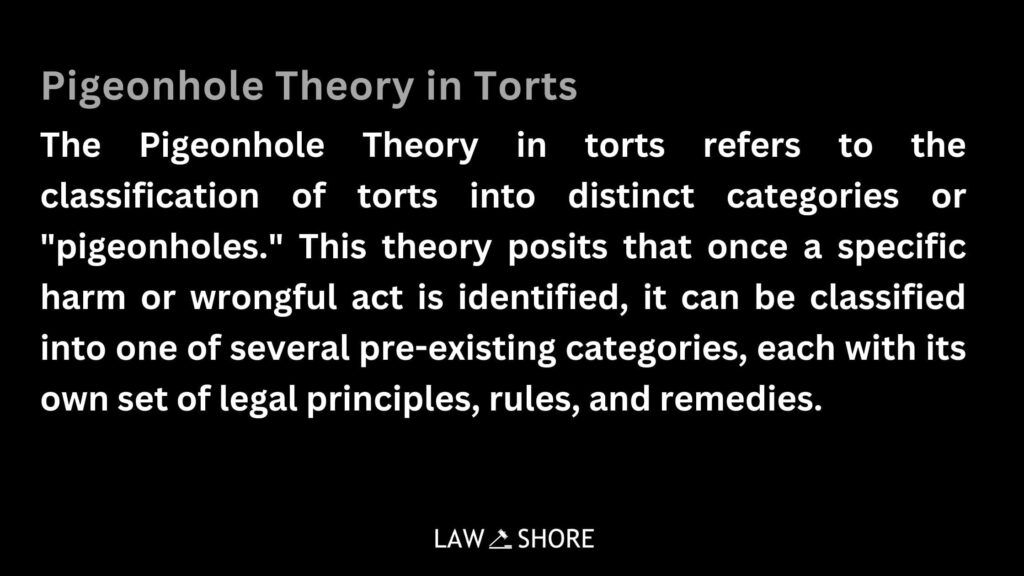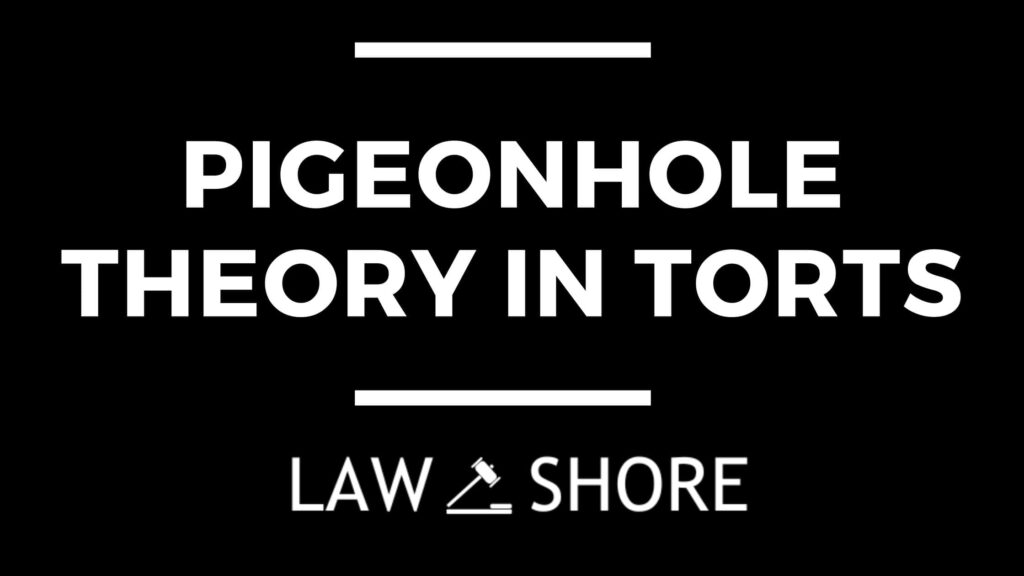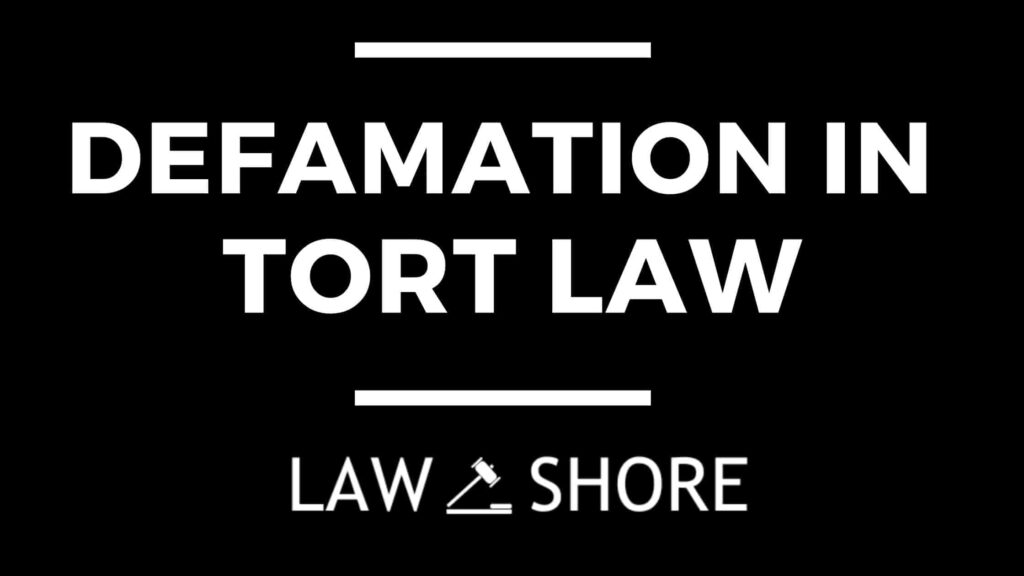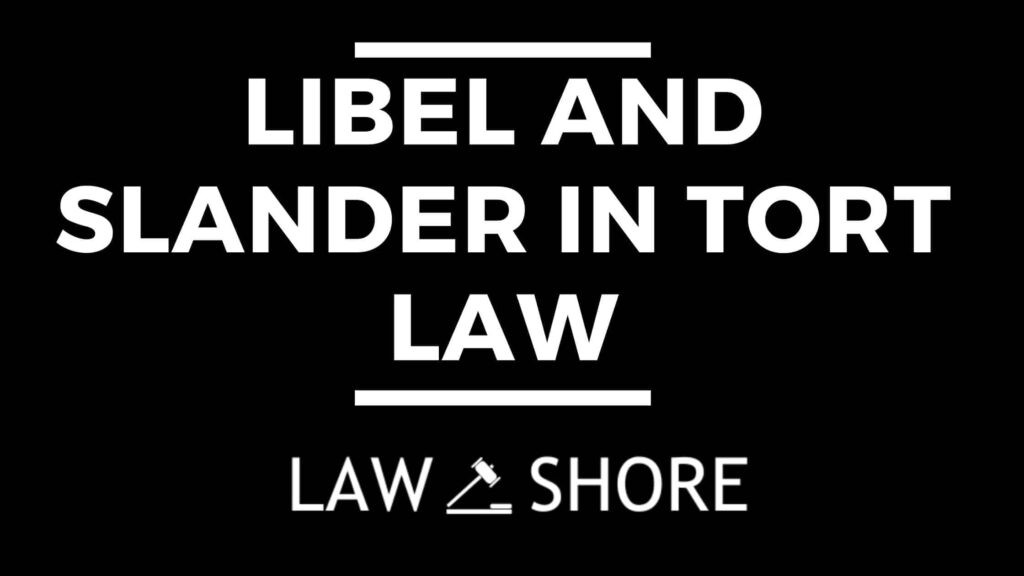Pigeonhole Theory in Torts
Table of Contents
ToggleThe Pigeonhole Theory in torts refers to the classification of torts into distinct categories or “pigeonholes.” This theory posits that once a specific harm or wrongful act is identified, it can be classified into one of several pre-existing categories, each with its own set of legal principles, rules, and remedies. It allows courts to apply standardized rules and precedents, providing clarity and consistency in tort litigation. However, critics argue that pigeonholing can limit judicial flexibility and hinder the law’s ability to address new and emerging harms.

Meaning
In the Pigeonhole Theory in torts, the term “pigeonholes” refers to the distinct categories or types of torts into which various tortious acts and claims are classified. The “pigeonhole” metaphor comes from the idea of organizing and compartmentalizing legal concepts into specific boxes, much like pigeonholes in a post office or filing cabinet where different items are stored separately. Each pigeonhole represents a separate category or classification of tortious behaviour, and each category has its own set of rules, legal principles, and remedies associated with it.
Key Features of the Pigeonhole Theory in Torts
Classification of Torts
The core feature of the pigeonhole theory in torts is the classification of torts into predefined categories based on the nature of the harm or conduct. These categories serve as a framework for applying legal principles and determining appropriate remedies. Some of the most prominent categories include:
- Intentional Torts: These involve deliberate conduct intended to cause harm or the apprehension of harm, such as battery or assault.
- Negligence: This category pertains to harm caused by a failure to exercise reasonable care, such as in road traffic accidents or slip and fall incidents.
- Strict Liability: In this category, the defendant is held liable for harm caused, irrespective of fault, such as in product liability or when engaging in abnormally dangerous activities.
- Defamation: This includes harm to a person’s reputation through false statements, such as libel or slander.
- Nuisance: This category involves interference with the use or enjoyment of property, as in cases of public nuisance or private nuisance.
Limitation of Judicial Flexibility
One key criticism of the pigeonhole theory is that it can limit judicial flexibility. Courts may feel bound to fit claims into established categories, even when the facts do not neatly align with any of the predefined pigeonholes. This can lead to either the rejection of claims or the underdevelopment of new legal doctrines.
Example:
In Donoghue v. Stevenson (1932), the House of Lords established the modern law of negligence. The claimant, Mrs. Donoghue, was ill after drinking a ginger beer that contained a snail. The case did not fit into any traditional pigeonhole—trespass, for instance—so the court had to innovate and establish the now-familiar principles of duty of care and negligence.
Predictability and Consistency
The pigeonhole theory promotes predictability and consistency in legal outcomes. By categorizing torts into distinct pigeonholes, it ensures that similar claims are treated in similar ways, helping parties understand the potential legal consequences and defences.
Illustration:
If a person suffers harm due to a battery (intentional contact), the court will apply the well-established principles of battery, which do not require the plaintiff to prove negligence or fault, but only the intentional nature of the act.
Clear Legal Framework
By dividing torts into clear categories, the pigeonhole theory provides a structured framework for legal analysis. Courts can quickly identify the applicable legal principles and rules based on the tort’s classification, helping to expedite case resolution.
Historical Foundation in Common Law
The pigeonhole theory has its roots in the common law tradition. Historically, the law developed through forms of action, where courts categorized cases based on whether the facts fit into a specific legal form. Over time, these forms evolved into modern tort categories such as trespass, negligence, and defamation.
Illustration:
In the case of Ashby v. White (1703), the defendant prevented the plaintiff from voting, an act of trespass. This case demonstrated early examples of the pigeonhole system, where specific wrongs were recognized as fitting into defined forms of action.
Historical Background
The pigeonhole theory in torts is deeply entrenched in the common law tradition. In the early days of English law, the forms of action system categorized legal claims based on the type of harm suffered. This classification system helped streamline the law, though it also made it difficult for new or evolving claims to be recognized under existing forms.
As a result, while many torts have clear pigeonholes (such as battery or negligence), some emerging forms of harm (such as cyberbullying or privacy violations) may struggle to find a place within traditional pigeonholes.
Categories of Torts and the Pigeonhole Theory
Under the pigeonhole theory, torts are grouped into broad categories. Some of the key categories include:
Intentional Torts:
- These torts arise when the defendant deliberately causes harm to the plaintiff. Notable examples include:
Battery: Intentional physical contact that is harmful or offensive.
Case: In Collins v. Wilcock (1984), the court recognized that even minor physical contact can be considered battery if it is intentional and offensive. - Assault: The act of causing a reasonable apprehension of imminent harm.
Case: In R v. Ireland (1997), the House of Lords held that silent telephone calls could constitute an assault due to the fear or apprehension they created in the victim.
Negligence:
A negligence claim arises when the defendant fails to act with reasonable care, resulting in harm to the plaintiff. Key elements include duty of care, breach of duty, causation, and damage.
- Case: In Donoghue v. Stevenson (1932), the House of Lords established the foundational principles of negligence. Mrs. Donoghue drank ginger beer containing a snail and became ill. The case led to the creation of the neighbour principle, establishing that one owes a duty of care to others who are closely and directly affected by one’s actions.
Strict Liability:
In strict liability torts, the defendant is held responsible for harm caused, regardless of fault or intent. This applies in situations like dangerous activities or defective products.
- Case: In Rylands v. Fletcher (1868), the defendant was held strictly liable for damages caused when water from his reservoir flooded the plaintiff’s mine, even though there was no negligence.
Defamation:
Defamation concerns harm to a person’s reputation through false statements. It includes both libel (written) and slander (spoken).
- Case: In Hulton v. Jones (1910), the House of Lords ruled that even a satirical article, which the author did not intend to harm the reputation of the plaintiff, could still be considered defamatory if the statement identified the plaintiff.
Nuisance:
Nuisance torts address interference with a person’s enjoyment or use of property, such as noise, pollution, or overcrowding.
- Case: In St. Helen’s Smelting Co. v. Tipping (1865), the court recognized that the operation of a smelting factory causing damage to a neighbouring property owner’s land constituted a nuisance, and the defendant was liable for the harm caused.
Economic Torts:
This category includes torts such as deceit, inducing breach of contract, and passing off, which protect economic interests and business relationships.
- Case: In Lysaght v. Edwards (1876), the court held that inducing someone to breach their contract could give rise to an action for inducing breach of contract
Criticism and Limitations
Despite its utility, the pigeonhole theory in torts has faced significant criticisms:
- Rigidity: The pigeonhole theory can be overly rigid, especially when the facts of a case do not easily fit into an existing category. This rigidity can restrict the development of tort law in response to new forms of harm, such as cyber-related torts.
- Judicial Creativity: The pigeonhole framework can stifle judicial creativity. Courts may be reluctant to develop new legal principles or extend existing doctrines to novel situations if the case does not fit within a well-established category.
- Exclusion of Novel Claims: Emerging areas of harm, such as cyberbullying or data breaches, often do not fit neatly into the traditional pigeonholes of tort law, leading to potential gaps in protection.
Modern Developments and Shift from the Pigeonhole Theory
Modern tort law has seen a shift away from rigid pigeonholing, embracing more flexible and adaptive approaches. Courts now focus more on the underlying principles—such as foreseeability, duty of care, and proximate cause—rather than strictly adhering to pigeonholes.
For instance:
- In cases of data privacy breaches, courts have moved beyond traditional defamation or negligence frameworks, recognizing the novel tort of privacy invasion and adapting the law accordingly.
- Courts have also expanded product liability beyond traditional strict liability to include claims related to design defects and failure to warn.
Conclusion
The pigeonhole theory in torts has played an important role in the development and organization of tort law, providing a structured approach to categorizing and analysing claims. While it offers predictability, clarity, and consistency, it also faces significant criticisms, especially in its rigidity and limitations in addressing modern torts.
As new types of harm emerge, tort law has become increasingly flexible, focusing more on fundamental principles and expanding beyond the confines of traditional pigeonholes to accommodate novel claims and emerging torts. The evolving landscape of tort law suggests a move toward a more dynamic approach that better addresses contemporary societal challenges.
Also, Check Out Other Topics in Law of Torts:
Explore Law Shore: law notes today and take the first step toward mastering the fundamentals of law with ease.

After Completing my LLB hons, I started writing content about legal concepts and case laws while practicing. I finally started Law Shore in 2024 with an aim to help other students and lawyers.



